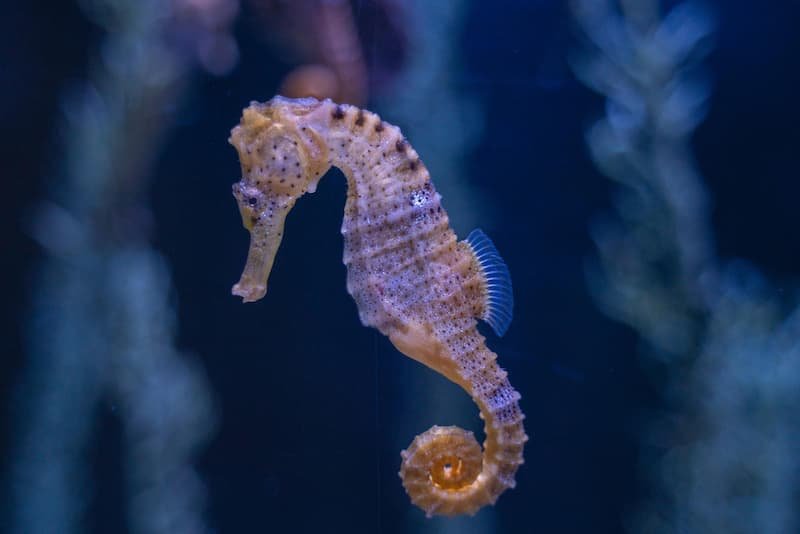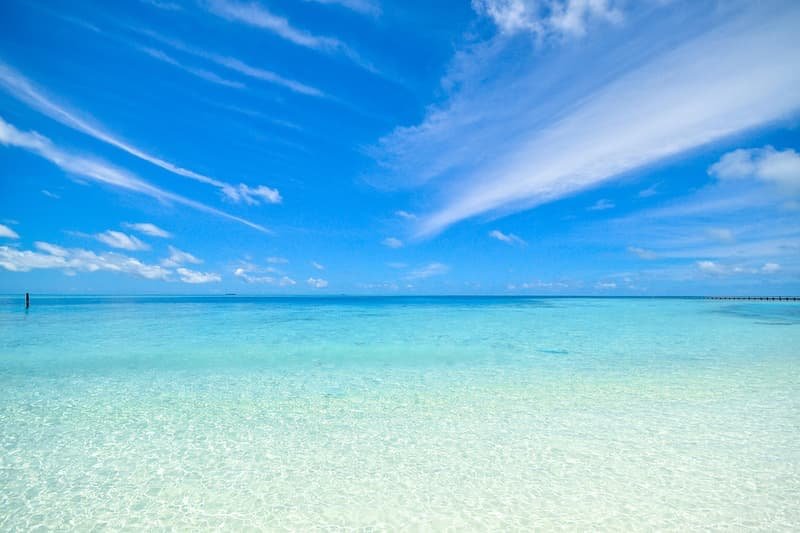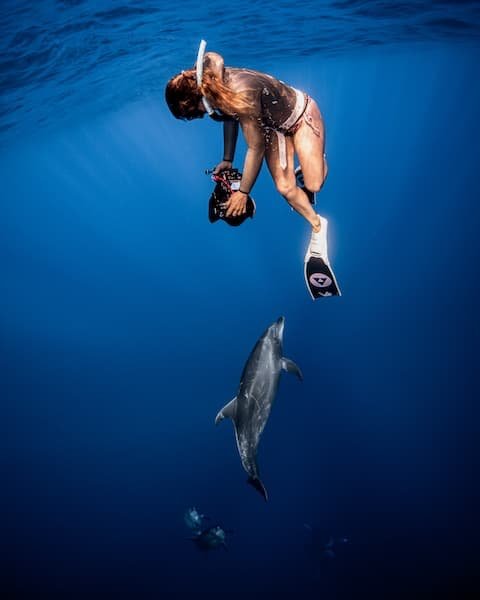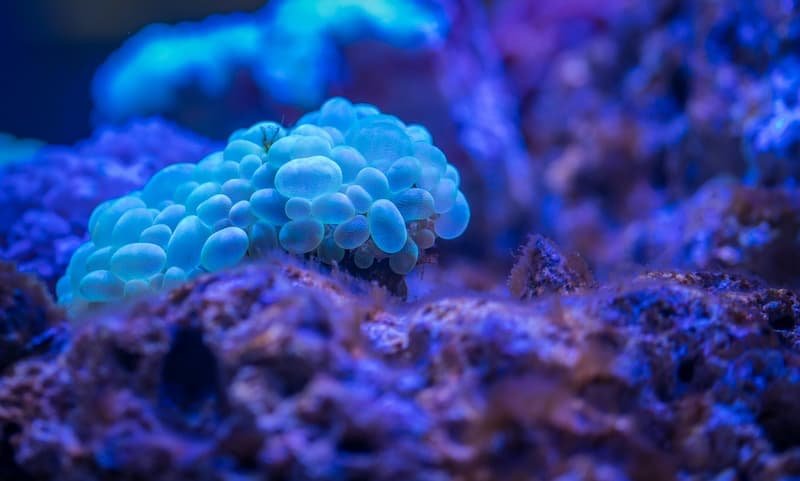
 Olivia Møller
Freediver - Activist - Explorer
Olivia Møller
Freediver - Activist - Explorer

 Olivia Møller
Freediver - Activist - Explorer
Olivia Møller
Freediver - Activist - Explorer
Ocean conservation is one of the most pressing global issues of our time. As human activities continue to impact marine ecosystems, the need for innovative, inclusive solutions has become increasingly evident. One powerful tool that is gaining momentum in the fight to protect our oceans is citizen science. This grassroots-driven approach allows everyday people, from students to retirees, to actively participate in scientific research and contribute valuable data to environmental conservation efforts. In this post, we’ll explore how citizen science is transforming ocean conservation, highlight its successes, and discuss how you can get involved.
Citizen science is the practice of public participation and collaboration in scientific research, where individuals who are not professional scientists voluntarily contribute data to research projects. With the advancement of technology—particularly mobile devices, apps, and online platforms—citizen science has evolved from being a niche hobby to a global movement that empowers people to make meaningful contributions to science, especially in fields like ecology, climate science, and ocean conservation.
For ocean conservation specifically, citizen scientists can be involved in a variety of activities, such as:
- Monitoring marine biodiversity
- Collecting water samples for analysis
- Recording the locations of marine species
- Identifying pollution sources
- Tracking coral reef health
These efforts supplement the work of professional researchers and can greatly expand the geographical and temporal scope of data collection.

The world’s oceans are facing a multitude of challenges, many of which are caused or exacerbated by human activities. Some of the most critical threats include:
- Overfishing: Approximately 90% of the world’s fish stocks are fully exploited or overfished, disrupting marine food webs.
- Pollution: Each year, millions of tons of plastic and other pollutants enter the ocean, posing severe risks to marine life.
- Climate Change: Rising ocean temperatures and acidification are degrading coral reefs, shifting marine species' habitats, and threatening biodiversity.
- Habitat Loss: Coastal development, dredging, and bottom trawling have led to the destruction of critical marine habitats like mangroves, seagrasses, and coral reefs.
Given the vastness of the ocean, scientists often struggle to collect enough data to fully understand the extent of these problems. This is where citizen science can play a critical role by providing additional, reliable data that professional scientists alone would not be able to gather.
One of the most successful examples of citizen science in ocean conservation is the Great Reef Census, an initiative aimed at gathering large-scale data on the health of the Great Barrier Reef. Led by the non-profit group Citizens of the Great Barrier Reef, the project invites divers, snorkelers, and boaters to take underwater photos of the reef. These images are then analyzed by volunteers worldwide, including those with no marine biology expertise, through a user-friendly online platform.
In the first year alone, the Great Reef Census gathered over 14,000 survey images from more than 200 reefs, a dataset far larger than what professional researchers could have collected in the same time. This initiative not only raises awareness about the challenges facing coral reefs but also provides essential data to guide conservation efforts and reef management strategies.
2. iSeahorse
Another successful initiative is iSeahorse, a global citizen science project focused on the conservation of seahorses. Seahorses are vulnerable to habitat destruction, overfishing, and the aquarium trade, and many species are considered endangered. The iSeahorse platform allows divers, snorkelers, and fishers to report seahorse sightings, providing valuable information about the distribution, population trends, and habitats of these elusive creatures.
Since its launch in 2013, iSeahorse has helped to fill knowledge gaps about seahorse populations in areas where data was previously limited. The findings have been used to inform conservation policies and guide marine protected area (MPA) designations in countries such as the Philippines and Portugal.
The Marine Debris Tracker app, developed by the University of Georgia and NOAA (National Oceanic and Atmospheric Administration), enables volunteers to log and map debris found along coastlines and in the ocean. This app has been downloaded by thousands of users worldwide, who have collectively reported millions of pieces of debris. This data helps scientists better understand the types and sources of marine debris, including plastic pollution, and informs strategies for waste management and pollution reduction.
In 2020 alone, Marine Debris Tracker logged over 2.5 million debris items globally, providing crucial data on one of the ocean's biggest threats—plastic pollution.

1. Expanding Data Collection
One of the biggest advantages of citizen science is that it allows researchers to expand their data collection efforts significantly. Traditional marine research often requires expensive equipment, funding, and time, which can limit the amount of data scientists can collect. With citizen science, however, the collective power of many individuals can lead to a much larger, more diverse dataset.
For example, in marine biodiversity projects, thousands of citizen scientists can document species sightings and other observations over a much wider area than what would be feasible for a small team of professional researchers. This broad scope of data allows scientists to better understand population trends, species migration patterns, and the effects of climate change on marine ecosystems.
2. Creating Awareness and Engagement
Citizen science helps raise awareness about ocean issues by engaging people directly in the research process. By participating in citizen science projects, individuals gain a deeper understanding of the challenges facing the ocean and are more likely to advocate for conservation efforts in their communities. The act of taking part in data collection fosters a personal connection to the environment, turning passive observers into active stewards of the ocean.
Research shows that participants in citizen science programs often feel a greater sense of responsibility towards the environment and are more likely to adopt sustainable behaviors. A study by Cornell University found that individuals who participate in citizen science projects are more likely to engage in pro-environmental actions, such as reducing plastic use, supporting conservation policies, and volunteering for environmental causes.
3. Supporting Conservation Policies
The data collected by citizen scientists can also be used to inform local, national, and international conservation policies. For instance, marine protected areas (MPAs) are one of the most effective tools for conserving ocean biodiversity, but deciding where to establish MPAs requires extensive data on species distribution and habitat quality. Data provided by citizen science initiatives can help identify key areas that need protection and guide the creation of MPAs.
Additionally, citizen-generated data can help monitor the effectiveness of existing conservation measures. By tracking changes in biodiversity, pollution levels, and habitat health over time, citizen scientists contribute to ongoing efforts to evaluate and improve conservation policies.

While citizen science holds immense potential, it is not without challenges. One concern is data quality. Since most participants are not trained scientists, there is a risk of errors in data collection. However, many citizen science projects have developed methods to address this, such as providing detailed training materials, using standardized data collection protocols, and incorporating verification steps to ensure the accuracy of the data.
Another challenge is sustaining long-term participation. While many people are enthusiastic about joining a project initially, maintaining engagement over time can be difficult. To address this, successful citizen science projects often build strong communities of volunteers and offer rewards such as recognition or feedback on how their contributions are being used in scientific research.
If you’re interested in becoming a citizen scientist and contributing to ocean conservation, there are many ways to get involved. Some popular projects include:
- iNaturalist: An app that allows users to record observations of marine species, which are then shared with scientific databases.
- SeagrassSpotter: A project that invites volunteers to monitor the health of seagrass meadows, which are vital marine habitats.
- Reef Life Survey: A global initiative where divers can conduct surveys of marine biodiversity.
These platforms make it easy for anyone to contribute, regardless of where you live or your level of experience. Whether you’re on a beach vacation or simply walking along a coastline, you can help gather data that supports ocean conservation efforts.

Citizen science has emerged as a powerful tool in ocean conservation, helping to fill data gaps, raise awareness, and drive policy changes. By engaging the public in scientific research, we can harness the collective power of individuals to make a significant impact on the health of our oceans. Whether you’re a diver, a beachgoer, or simply passionate about the marine environment, there’s a citizen science project out there for you. With every observation logged, photo taken, or piece of debris reported, citizen scientists are contributing to a more sustainable and resilient future for our oceans.